#Southern Railways
Text
Gatwick's bigger, new rail station promises to cut delays
Southern and Thameslink rail operator says changes have made possible a one-hour service between London and Brighton and fewer disruptions
New start: rail operators and the airport company claim that Gatwick’s bigger station will improve rail services generally
A new-look Gatwick Airport rail station opened to passengers this morning, transforming the journey from train to plane and giving…
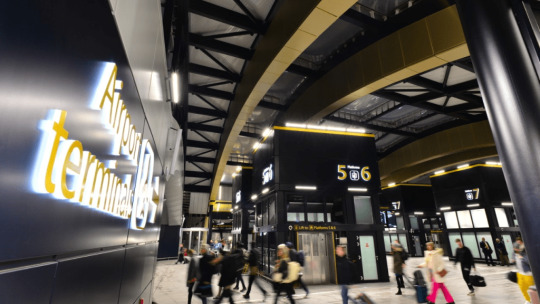
View On WordPress
0 notes
Text
International Rail Services: Kent and Sussex
Last Wednesday there was a discussion in Parliament which was initially set out with the title International Rail Services: Kent which was initially from Damian Green who is the MP for Ashford. However after he had initially stated his suggestions the next person who spoke was Sally-Ann Hart who is the Hastings and Rye MP. Along with her comments there was also a response from Louie French who is…

View On WordPress
0 notes
Text
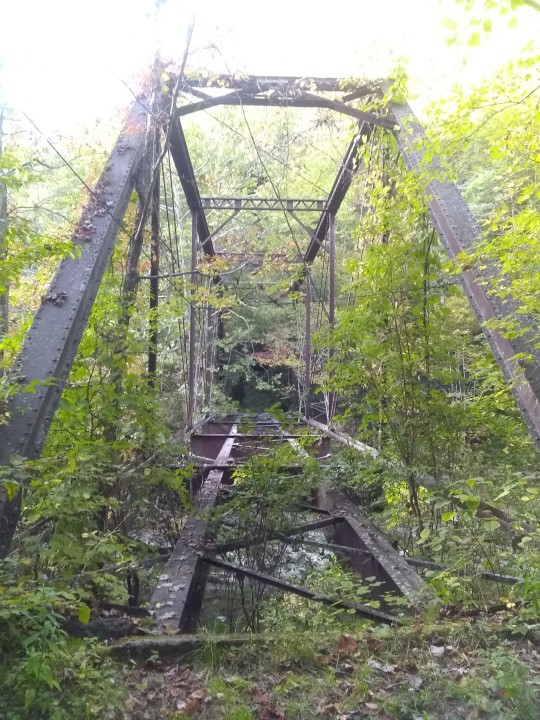
#abandonedcore#abandoned#appalachian#appalachian gothic#appalachian mountains#appalachia#tennessee#southern gothic#my photo#mine#forest#forestcore#greenery#nature#naturecore#railroad#railway#railroads
1K notes
·
View notes
Text
Trainposting :3


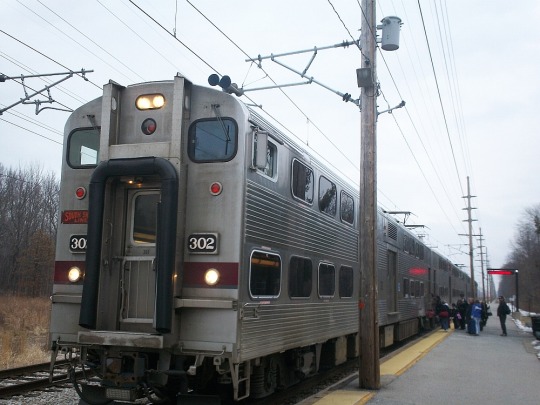
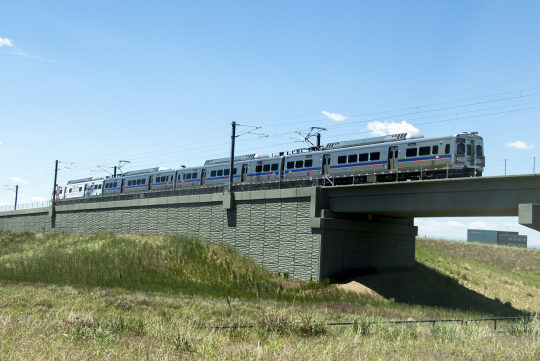
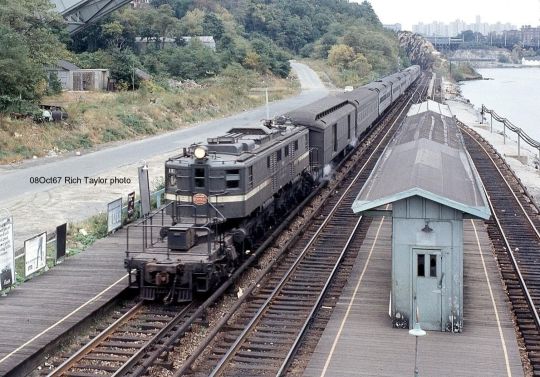
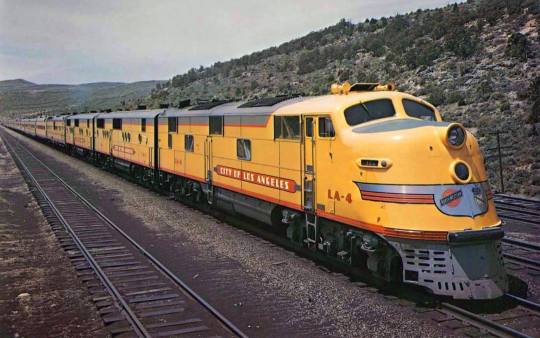




#trainposting#amtrak#electric traction#reading railroad#amtrak cascades#southern railway#southern serves the south#northern pacific#rock Island Railroad#new york central#south shore railroad#union pacific#steam locomotive#passenger train#electrification#electric train
78 notes
·
View notes
Text

William Vanderson, Platform at Blackfriars Southern Railway
91 notes
·
View notes
Text

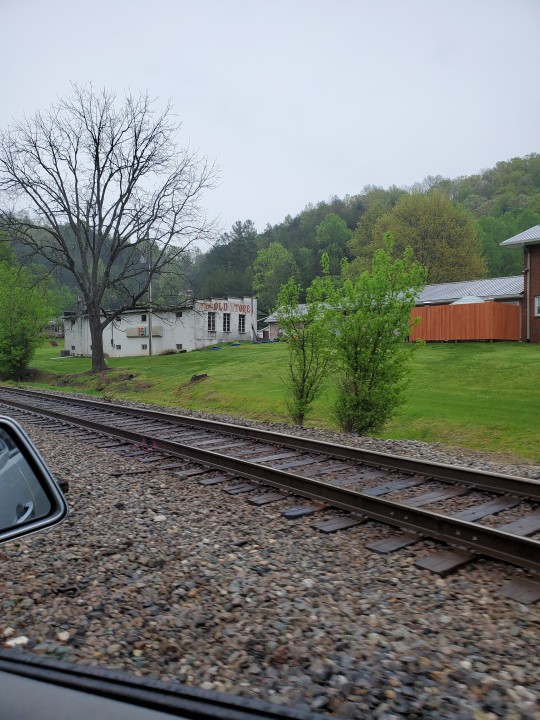
𝔯𝔞𝔦𝔫𝔶 𝔞𝔭𝔭𝔞𝔩𝔞𝔠𝔥𝔦𝔞𝔫 𝔪𝔬𝔯𝔫𝔦𝔫𝔤
#appalachia#appalachian#appalachian gothic#ethel cain#mine#my photography#my photos#rural#rural aesthetic#rural america#southern#southern goth aesthetic#southern gothic#appalachain gothic#regional gothic#appalachain mountains#rural gothic#gothic americana#american gothic#small town gothic#small town#america#americana#photography#ruralcore#morning drive#railroad#railway#southern living#rainyday
35 notes
·
View notes
Text
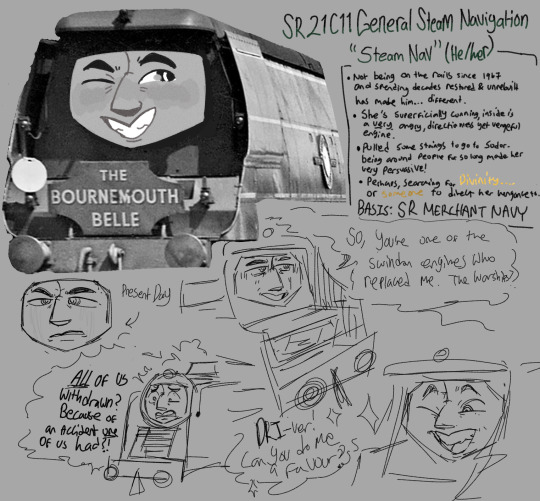

The Bournemouth Belle, and The Last Shunter.
More OCs! SteamNav and Missus are rather new so some info might be subject to change, and they were AU versions of certain characters (3 points if you guess who) buuut they spiralled into new characters. SteamNav is tranquil fury incarnate, trying to take control of his life after so long being something humans have tinkered with and throwing herself into making Incredibly Bad Descisions; and Missus can and will judge your (engine) sins, but she keeps losing at poker and that's why Sodor is so damn haunted. If anyone has any more questions or just want to help me brainstorm send me an ask and I'll answer :]
#live from tidmouth#creative on the mainline#ttte#thomas the tank engine#thomas and friends#thomas & friends#ttte oc#ttte oc steamnav#ttte oc missus#missus is NOT engine devil shes just the one who shunts you to engine heaven or engine hell accordinf to folklore#theres other reaper like figures in engine folklore esp worldwide. in indonesia where many steam engines left in depots got scrapped illegal#*illegally the reaper figure is a lot more ominous. humanoid figures with cutter torches.#irl general steam navigation is still being restored and unrebuilt to her original shape#which is taking a LONGASS time. shes been purchased from barry in the 80S.#I imagine she's going stir fucking crazy. and she has a documented history in her own website btw#did you know that br warships are from the western region. made in swindon. THEYRE GREAT WESTERN ENGINESSSS#and apparently the great western railway and the southern railway had rivalry#which makes any animosity duck and thomas had a bit funnier in hindsight. literally gwr and sr behaviour
30 notes
·
View notes
Text
Heavy Harry monster engine form comparison chart
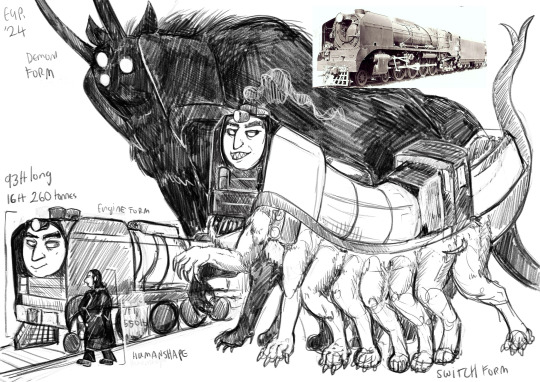
Here's he, in his various sizes... the in-between form in my AU is called the "switch" (because an monster engine in this form can go both ways, as engine and as monster), and yep... he, like SpookyHenry, is demonic...
(I kinda noticed that his size and weight in human form is a bit obscured ... 7.1 ft. 550 lbs), he is pretty massive in all his forms as befits the heaviest loco in Oz.
CW: Blood
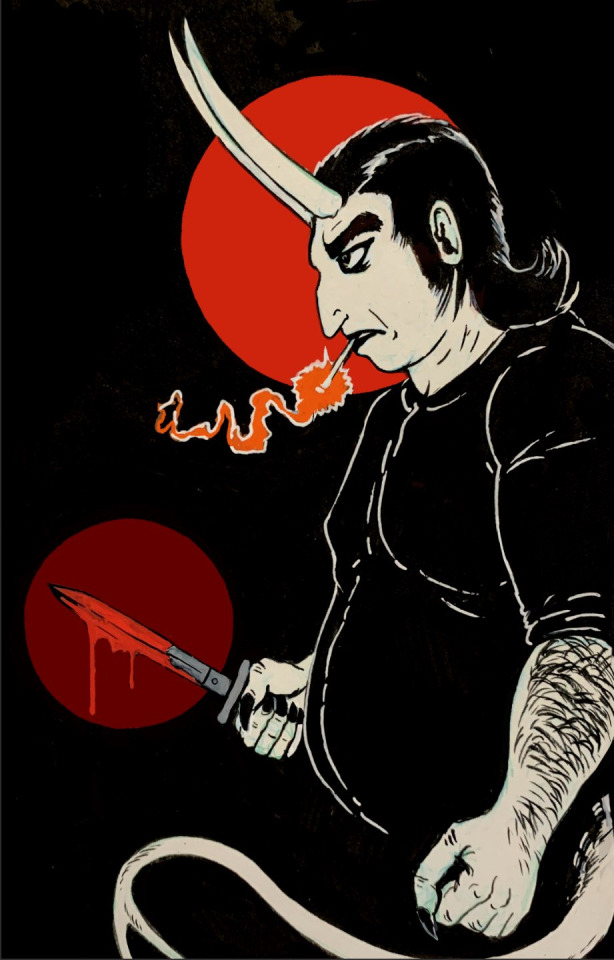
Yes, he is a big fucker.
This one is a bit of a work in progress...
#victorian railways#thomasallgrownup#Heavy Harry OC#Monster Engines#Monster Locomotives#Eldritch Engines#VR H-class Pocono H220 “Heavy Harry”#VR AU#TTTE AU/EU#Red And Black Steam On Southern Metals#cw: blood#cw: knife
45 notes
·
View notes
Text
How Did the Big 4 Affect Ideas About Scrap for the Steam Engines:
Alright, so in the Railway Series, we know that scrap and the idea of scrap is horrifying to the engines. But the real question is: was this a universal thing? Were all the engines equally horrified, or were there differences.
I mean, from that one infamous illustration in the Railway Series, it seems pretty universal...

But I think that if we dive a little deeper, there may be a few other factors at play, which collectively create very different views on scrap - and they all have to do with the Big 4. I'm going to explain them by size, so let's start giant and get smaller.
LMS:
The LMS engines would not be as surprised to hear they're being replaced and scrapped as other companies. Why? Well, we have to look back a bit. In the 1920's, the LMS was a bit of a hodgepodge of constituent railways and their engines. The Midland 'small-engine' policy did mean that a lot of the bigger engines were frowned upon, but in general the engines were just... there.

This changed with Stanier. When Stanier came along, he began building larger, faster, more powerful engines - and thus a lot of the older, smaller classes were axed. Engines classes like the Black Fives, Coronations and 8F's could do the work of these older engines much better!

There was only one class of engine built by the Furness that survived into BR ownership, and they weren't the only company with this happening. The engines of the LMS would've been accustomed to these ideas. And where does D261 come from? Well, the Class 40 diesels were used on the West Coast Mainline - D261 would be very used to the steam engines being very accepting of the idea that this was 'their time', and therefore stunned at how the Sodor engines acted.
The opposite end of this was that smaller engine classes were very afraid of being withdrawn. Edward's a great example of this - he watched his entire railway be taken over and all his friends and family replaced - and he fears he might be next. It drives him to extreme lengths to prove his worth, just to try and gain a few more years. Donald and Douglas are another example of this; as Caledonian Railway engines, they were generally under the threat of being scrapped all through their careers, and this created a desire to prove themselves and survive.
The LMS as a company committed to this 'purge' of smaller, older classes, and thus the engines of the LMS would have been far more used to and accepting of the idea of being scrapped as compared to others. It was part of the company culture! It wasn't universal by any means, but it had an impact, especially in the English part of the LMS.
LNER:
The exact opposite of the LMS. The LNER was a railway that was throughout its existence very, very poor. And while it did build some stunning-looking express engines...
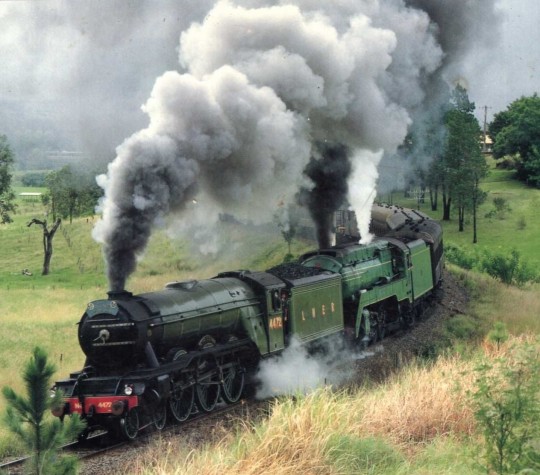
... in actuality, many of the engines running on the LNER were constituent engines that were just kept going. A good example of this would be the C1 Atlantics, which were introduced in 1902, and weren't completely withdrawn until 1950!

The LNER just didn't have the money or the ability to commit to a drastic newbuild scheme like the LMS did. That isn't to say that old engines weren't scrapped, but it did mean a lot more of the older classes weren't. And when a large body of engines survive for 50 odd years, the culture of elongated existence survives with them. Gordon is so badly affected by the Modernisation Plan personally because his company culture was one of preservation and extended service. His brothers would have quite happily told him that even when they were supplanted by the A4's that they'd be around for a long time yet, because that's how the LNER worked. And then they weren't and Gordon was stunned.
And remember, the LNER is the railway that preserved City of Truro alongside a bunch of its elderly engines at York. This railway had a culture that was built around a sort of trickle-down duties. As express engines were supplanted, they simply moved down the chain.
Speaking of City of Truro...
GWR:
This is another railway whose engines are stunned by the Modernisation Plan, but for a very different reason. Both the GWR and the LMS scrapped a large number of engines in the 1930's, but unlike the LMS, the GWR focused on engines who were at the end of their useful lifespan.
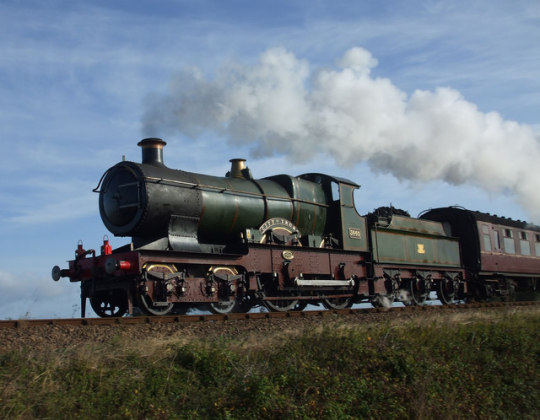
City of Truro was around 30 when withdrawn. For an engine introduced at the same time as the C1 Atlantics, this seems short - but its about average for the GWR at the time. The shock to the GWR engines is not the fact they're being scrapped - it's the fact that engines not at the end of their useful lifespans are being scrapped.
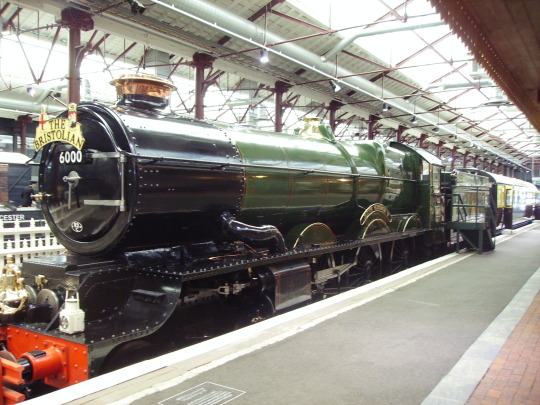
The King class was built in 1927 and nearing the end of their lifespan, but the Modified Halls weren't, and neither were the 9400's. Their withdrawal and subsequent scrapping was what really shocked Western engines.
Oliver's class was built in the 1930's, and would have expected to survive into the late 1960's and 1970's. The sudden withdrawal of them all would have been a great shock, and one of the driving factors behind his escape.
And then in the Railway Series, Duck doesn't act all that surprised to hear steam engines are being cut up - but he is hostile to diesel engines. The reason? Because diesel engines aren't just replacing the old engines in the natural GWR order of things, but supplanting the entire lot. He's relatively fine with Bear though because unlike many of the other diesels, Bear's class could be very easily perceived as being a natural progression of GWR engines. They took over the jobs of Castles and Kings - engines built in the 1920's and nearing the end of their GWR lives. There is of course also his outburst, which gives off a very GWR vibe - telling an engine off for insulting another railway? I wonder which of our Famous Eight has also done that...
Southern:
Right, so the Southern is possibly the most interesting case of them all. And the reason for that is this:
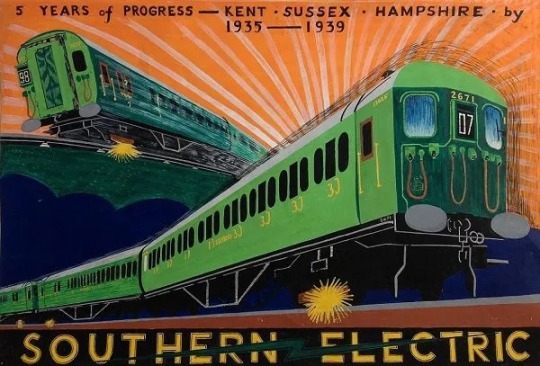
The Southern Railway was both the smallest of the Big 4 and the most passenger orientated. As such, they naturally gravitated towards a program of electrification, which they saw as the best way to maximise their profits. Engines on the Southern would have been invariably told that they would be withdrawn someday when the electrification reached their part of the line. That is a level of certainty that would have a massive impact on how the engines viewed their fate.
It also meant that the Southern Railway was not focused on replacing the steam engines they already had with new ones. This allowed some truly ancient engines to make it to British Railways.

This is Fenchurch, and when withdrawn in 1963 he was the oldest engine working on British Rail. He was built in 1872 - so that's a career of 91 years. And another class that was hitting pensioner years in British Rail was the Adams Radial Class, built in 1882. Both Southern Railway engines that found a niche duty that wasn't going to be electrified or upgraded anytime soon.
Even the E2's had their own niche at Southampton docks! They were a failure of a class when built, and yet were still in service in the 1960's. Thomas the tank engine himself has remarkably little to say about modernisation in the books - his job is threatened by a diesel, and while he's horrified that it's a diesel, he's not shocked he's being replaced. Even though he spent a tiny amount of time in the south, its culture managed to penetrate his smokebox.
But there is one other railway that has a central role in this, and it is of course British Railways.
British Railways:
Right, so this is the one company that is the cause of much of the above commentary to become obsolete. When amalgamated, British Rail was meant to electrify the country's railways slowly and steadily, with steam engines making up the difference. And at the onset, they withdrew and scrapped many of the older, smaller classes of engines and replaced them with the Standards - something very similar to LMS and GWR practice, and also not unfamiliar to the LNER. The really problem comes with the Modernisation Plan in 1955.
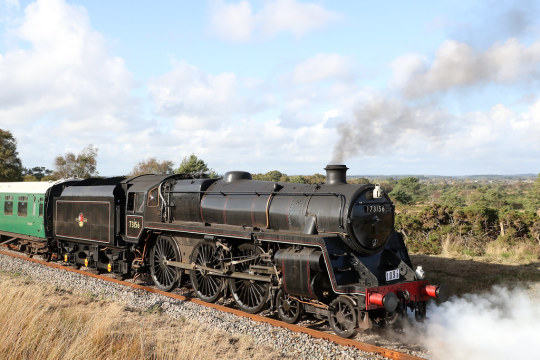
The Standard Five class were built until 1957 - two years after the publication of the Modernisation Plan which explicitly stated that BR would scrap all steam. The 9F's were being built until 1960. At the longest, these engines got less than twenty years. At the youngest, some were withdrawn after only five years.
And that's what shocked all the older engines. It's not the fact they're being scrapped - ever since the conception of the railways, engines have been being scrapped. It's the magnitude of the scrapping and the wanton destruction of young, healthy engines. It's not that they're being replaced - that was always going to happen, all the engines knew that. It's the speed of the Modernisation Plan, the scrapping of brand new engines and the fact that steam engines were replaced with Pilot scheme diesels who were mostly failures.
That's what caused the engines to fear scrap and hate diesels.
And while I would love to delve into the diesels and what happened to them, that's its own massive thing.
I would like to note that this does not really take into account specific incidents, but rather general trends that would have led to more widespread knowledge. The single incident involving one engine in Aberdeen doesn't really permeate railway gossip and ideology, but an entire class being withdrawn does.
I would also like to acknowledge the fact none of the above pictures are mine.
#ttte edward#ttte gordon#ttte donald#ttte douglas#ttte oliver#ttte duck#lner#LMS#gwr#southern railway#british rail#long reads#weirdo shit#I thought I'd share this brainfart#thomas the tank engine#railway series#railways#britain
148 notes
·
View notes
Text

I'm Leaving If
You're Leaving
#mine#photography#art#aesthetic#love#dream#southern gothic#appalachain gothic#rural gothic#american gothic#americana#tn#tennessee#cat#cats#cats of tumblr#railroad#railway#digicam#my photos#my photgraphy#me me me
20 notes
·
View notes
Text

Human Gold Construct of the multi-coloured Taw Valley
The UK's Wine Aunt and Pendennis Castle's current girlfriend.

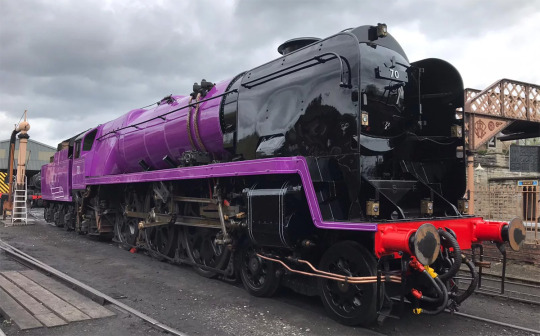

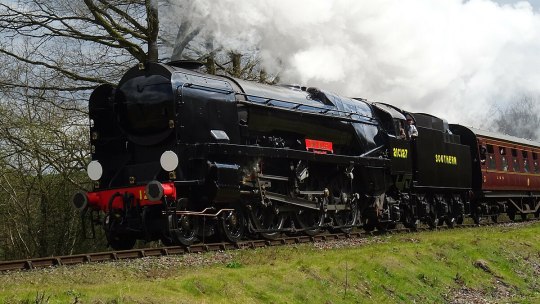
#posting this by itself#ttte young iron#ttte young iron au#southern railway#taw valley#ttte taw valley#ttte pendennis castle
22 notes
·
View notes
Text
Victoria bus station to close for safety works for six weeks
The busy and often crowded bus station outside Victoria Station is to close on Monday for about six weeks for urgent safety works, causing significant disruption for commuters and other travellers going into London over the Christmas period for shopping, sight-seeing or to visit the nearby Winter Wonderland in Hyde Park.
Busy hub: the bus station outside Victoria railway station is to close for…
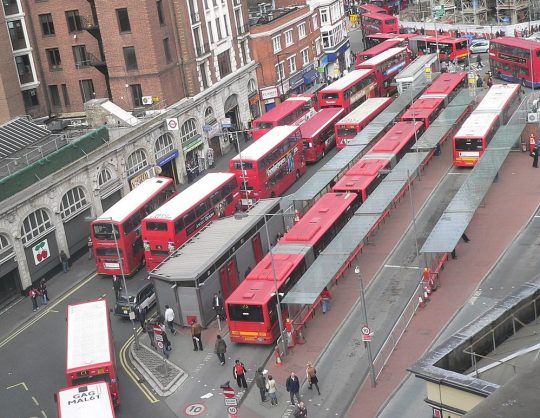
View On WordPress
0 notes
Text
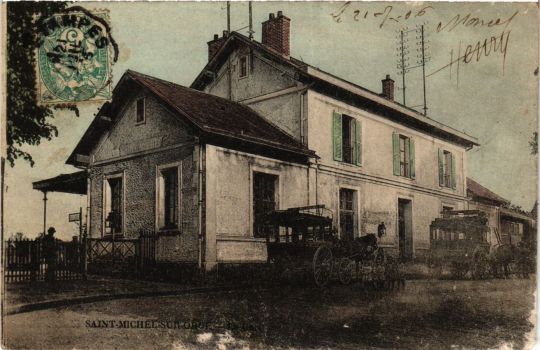
Railway station of Saint-Michel-sur-Orge, southern suburbs of Paris
French vintage postcard, mailed in 1906
#saint-michel-sur-orge#historic#saint#photo#briefkaart#vintage#sur#southern#sepia#photography#railway#carte postale#paris#1906#postcard#mailed#orge#postkarte#station#postal#tarjeta#michel#ansichtskarte#french#old#ephemera#postkaart#suburbs
42 notes
·
View notes
Text

A publicity photo shows the Sunset Limited, the premier passenger train of the Southern Pacific Railroad westbound on Beaumont Pass in California in the early 19
#1950's#southern pacific#sunset limited#beaumont pass#california#train#vintage train travel#vintage trains#locomotive#passenger train#railway#vintage railroads#railroad
11 notes
·
View notes
Text
Earlier this month, a train carrying hazardous chemicals derailed in East Palestine, Ohio, triggering a massive fire and forcing everyone within a 1-mile radius of the crash to evacuate. To avoid a potential explosion, officials conducted a controlled detonation of five tankers three days later, sending carcinogenic vinyl chloride into the air. Two days later, residents of the 4,500-person village were told they could safely return home. Many questioned the safety of the air and water supply.
Since then, reporting has made clear that this environmental disaster was less a freak accident than a predictable outcome of lax safety measures and capitalist greed. Here’s what you need to know about the Norfolk Southern rail company.
NORFOLK SOUTHERN CHOSE NOT TO UPGRADE ITS TRAINS’ “CIVIL WAR-ERA” BRAKES.
A report in The Lever notes that the train that crashed in East Palestine was not equipped with Electronically Controlled Pneumatic brakes—fully electric brakes that experts say could have reduced the severity of the crash. Although Norfolk Southern once touted its use of ECP brakes, it lobbied against requiring them on trains carrying hazardous materials. An Obama-era rule required that HHFTs have ECP brakes, but the Trump administration overturned this rule.
NORFOLK SOUTHERN WORKERS DON’T GET PAID SICK TIME.
Remember when the Senate voted to avert a rail strike and deny workers sick leave? Norfolk Southern workers were among those affected. When investors encouraged Norfolk Southern to offer paid sick leave, the company said, OK, we won’t furlough people as often. Sen. Bernie Sanders (I-VT.) has since demanded that rail companies offer workers at least seven days of paid sick leave.
RAIL COMPANIES REFUSE TO HIRE ENOUGH WORKERS.
Unions say that the rail industry’s use of furloughs to reduce the workforce stretches staff too thin. As Timothy Noah wrote in the New Republic, the 141-car train that crashed in East Palestine carried just two crew members and one trainee:
"On February 10, Anya Litvak of The Pittsburgh Post-Gazette reported that security camera footage 20 miles short of where the derailment occurred showed a rail car axle that appeared to be on fire. Why this information was not transmitted quickly to the train crew remains unknown, but it seems likely that the answer has something to do with the number of people who were in a position to sound the alarm."
NORFOLK SOUTHERN HAS SPENT BILLIONS ON STOCK BUYBACKS.
Norfolk Southern made $4.8 billion in operating profit in 2022, More Perfect Union reported, and paid shareholders $4.7 billion in stock buybacks and dividends.
As my colleague Hannah Levintova explained last year:
"A buyback is when companies purchase shares of their own company from investors, driving up the value of the remaining stock because there are fewer shares circulating. Buybacks are taxed at the lower capital gains rate, which maxes out at 20% for the wealthiest households. But for those investors who don’t sell their shares back to the company, there’s no tax—even though the value of their holdings has increased. Until that investor sells the asset, their wealth will grow tax-free. And thanks in part to a tax code loophole that enables the wealthy to pass shares on to their heirs, who can then skip paying capital gains taxes on them altogether, buybacks play a role in building untaxed generational wealth."
THE TRAIN THAT CAUSED THE CLOUD OF SMOKE OVER EAST PALESTINE WAS NOT CATEGORIZED AS A “HIGH-HAZARD FLAMMABLE TRAIN.”
Thanks to pressure from industry lobbyists, the “high-hazard flammable train” categorization applies only to trains carrying a narrow set of materials, like crude oil, The Lever also reported. That designation would have required that the train follow specific speed and braking restrictions.
DESPITE MAKING BILLIONS IN PROFIT, NORFOLK SOUTHERN INITIALLY OFFERED JUST $25,000 TO EAST PALESTINE.
Norfolk Southern managed to scrape together $25,000 for the town that’s been doused in toxic chemicals. People who fled their homes under fear of death can claim $1,000 per person per household. Since then, the company has announced increases in charity.
#us politics#news#mother jones#2023#east palestine#ohio#norfolk southern#vinyl chloride#carcinogens#Electronically Controlled Pneumatic brakes#railway workers#railroads#railway unions#furloughs#paid sick leave#stock buybacks#high-hazard flammable train#charity#train derailment#hazardous chemical spill#corporate greed
110 notes
·
View notes
Text
youtube
Taw Valley throws a fit one frosty morning.
Cold locomotives are unhappy locomotives. Please keep them warm.
[She's in her goth phase too]
15 notes
·
View notes